See the books that won our annual She Reads Awards for the Best Historical Fiction Books.
As the end of 2019 approaches, I reflect on the books that I have read throughout the year and focus on those that remain clear standouts long after I have finished reading them. While I read a wide variety of genres, my consistent favorite is historical fiction – a genre that continues to thrive in an era where people are eager to escape the news and current events. After much deliberation, I chose the following as the 12 best historical fiction books of 2019.
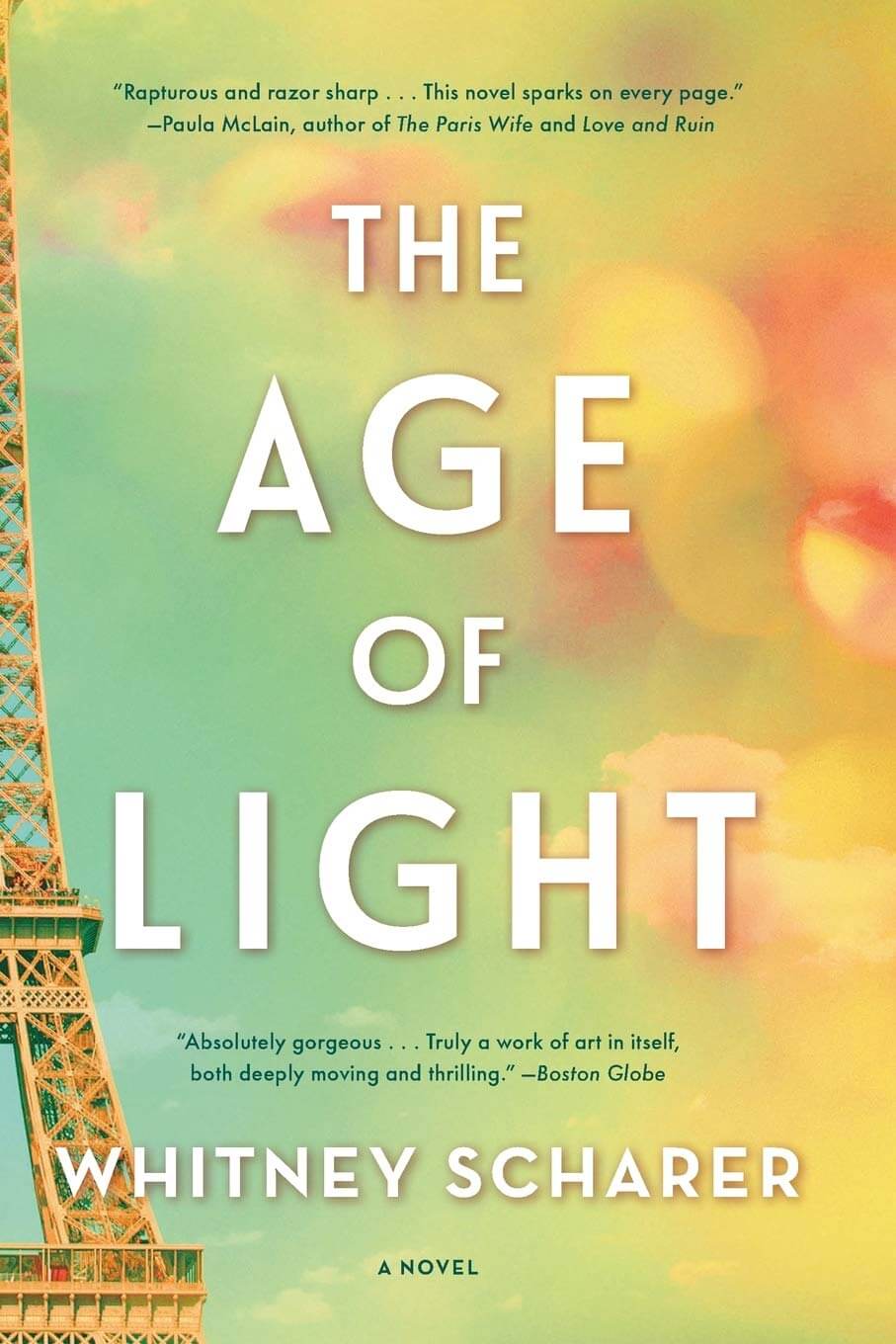

The Age of Light by Whitney Scharer
In The Age of Light, Scharer tackles Lee Miller’s relationship with surrealist May Ray, her impact on his photography and legacy as well as Miller’s own career as a photographer. Readers will revel in the beautiful and lyrical prose as well as the details of Miller’s storied career including her documentation of the concentration camps following World War II.
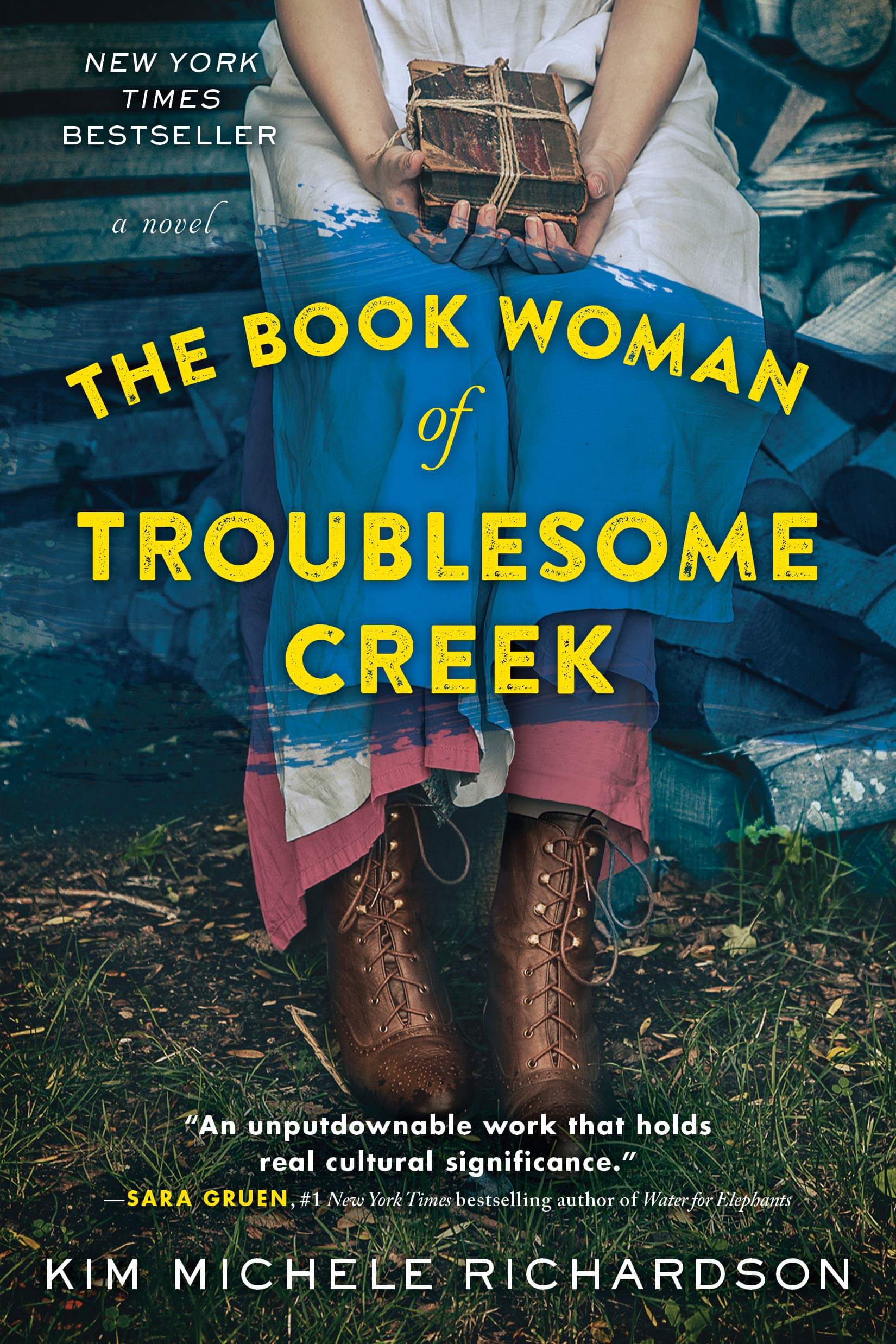

The Book Woman of Troublesome Creek by Kim Michele Richardson
The Book Woman of Troublesome Creek is a tale of family, prejudice and perseverance, and one woman’s determination to find her own way despite her hardscrabble existence. Richardson features numerous issues from 1930s Kentucky: horrific coal mining conditions, the true blue-skinned people that lived in Appalachia and the Pack Horse library service. The story is also a beautiful tribute to literature and the power of reading.

The Chelsea Girls by Fiona Davis
Fiona Davis chooses one iconic New York City building for each of her books and constructs a tale around that building. The Chelsea Girls is Davis’s latest novel and is set at the Chelsea Hotel, an institution for artists, writers, actors and more. The book tells the tale of two fictional female characters, a playwright and an actress, navigating the 1950s Broadway scene during the height of McCarthyism and the Red Scare.

City of Flickering Light by Juliette Fay
Juliette Fay’s latest novel is set in Golden Age Hollywood during the silent film era. The story centers around three friends who struggle to find their place and role in Tinseltown amidst the burgeoning silent film industry. Fay clearly did her research and includes cameos from a variety of famous silent film stars and others involved in the early “flickers” business. City of Flickering Light is a fascinating glimpse into a bygone era and pays homage to those whose creativity and ingenuity spawned the movie and television industry that exists today.

Daisy Jones & The Six by Taylor Jenkins Reid
Daisy Jones & The Six is a fictional band that made it big in the 1970s and who dealt with everything fame brings: drugs, worshipping fans, no privacy and competing egos. Years later, an interviewer (whose identity is unknown to the reader) compiles an oral history of the band and its rise to fame. After completing interviews with the band and other involved individuals, the interviewer combines the band’s tale into one long chronology which hilariously, and at times, heartbreakingly tells the band members’ stories from different perspectives.
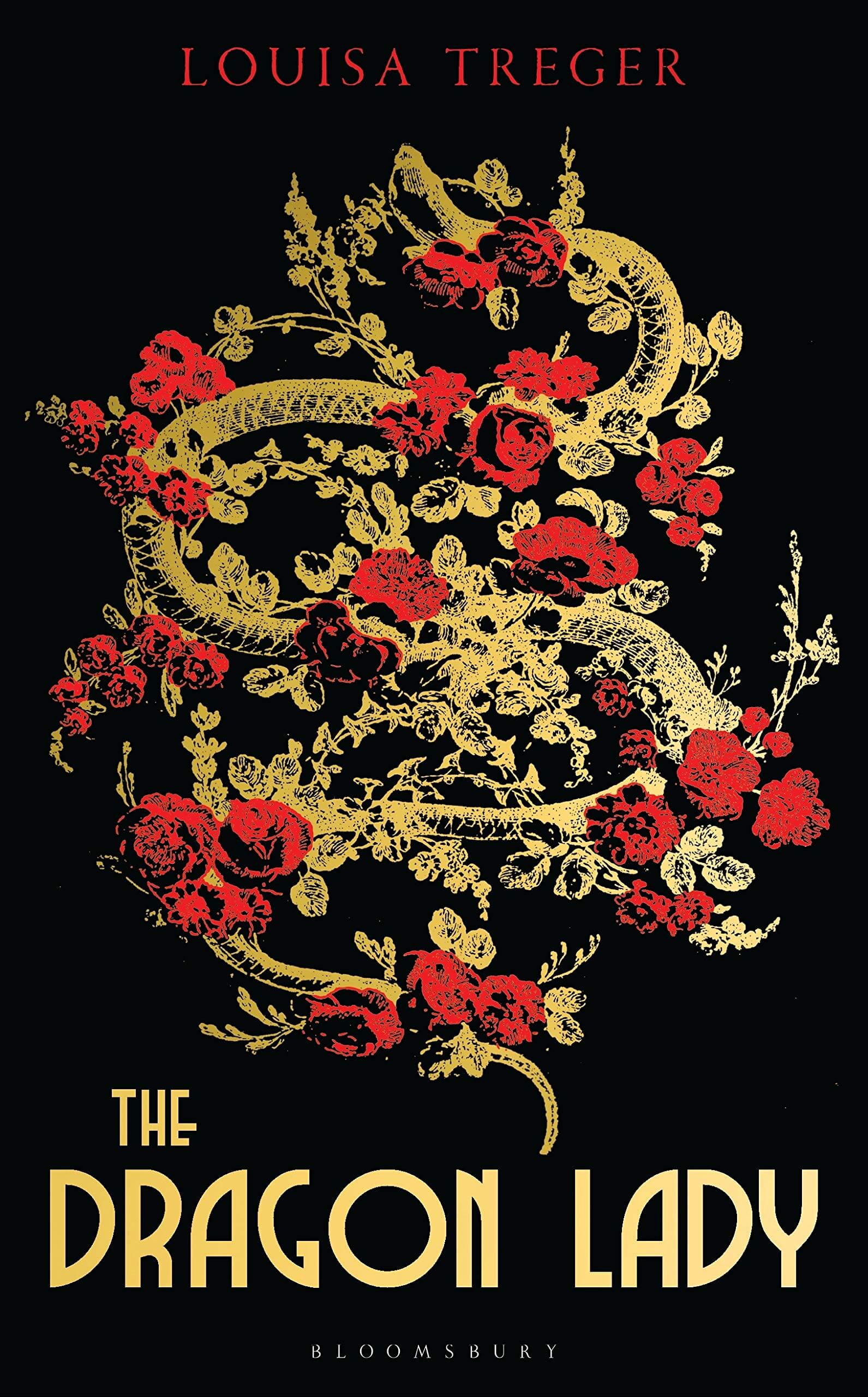
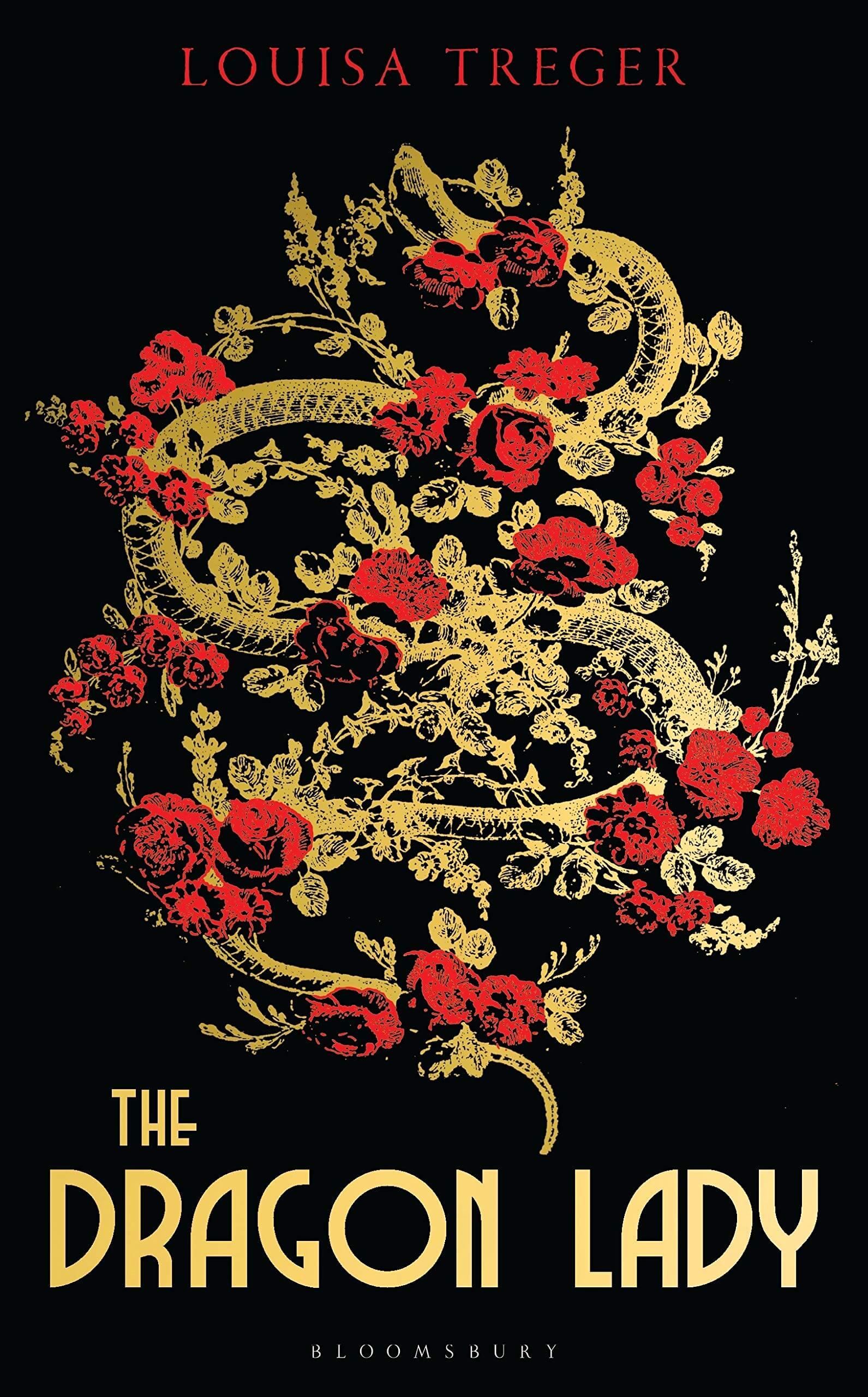




The Dragon Lady by Louisa Treger
The Dragon Lady tells the story of Virginia “Ginie” Courtauld, her husband Stephen and their time in Rhodesia before the colony succeeded with its independence quest and became Zimbabwe. Ginie was an independent, free-thinking woman who opted to push for the necessary social changes she knew should happen even when those views made her incredibly unpopular with her peers. Particularly fascinating are the portions of the story about Rhodesia’s quest for independence including an actual meeting the Courtaulds had with Robert Mugabe prior to his ascent to power.
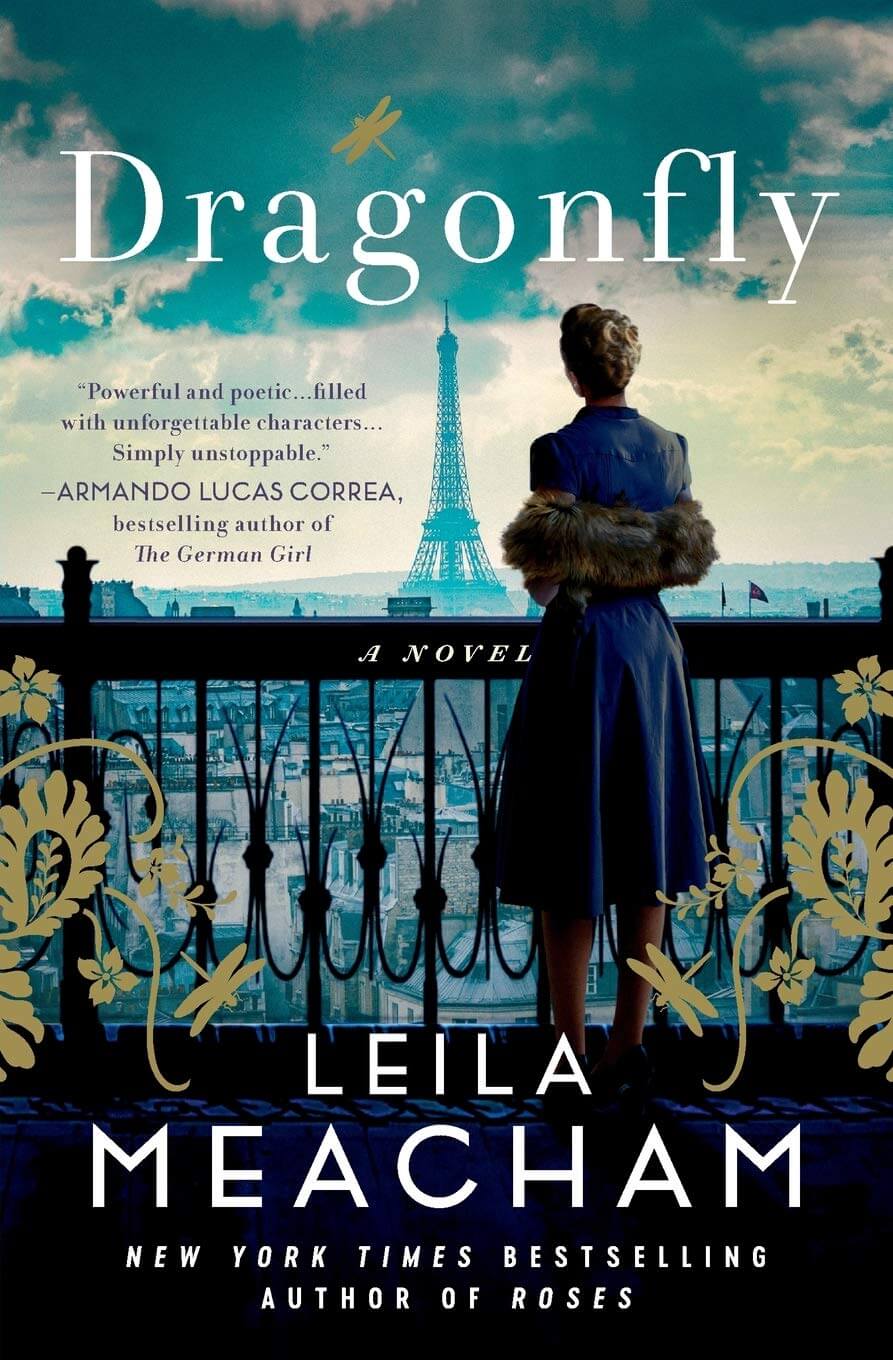

Dragonfly by Leila Meacham
Leila Meacham’s incredible World War II saga chronicles a fictional team of young Americans recruited as OSS agents to infiltrate German-occupied Paris. The genius of Dragonfly is Meacham’s ability to vividly portray occupied Paris and the treachery that constantly existed for those working to remove Hitler and the Nazis from power. Clever, suspenseful and character-driven, Dragonfly is a tour-de-force.

The Island of Sea Women by Lisa See
Set on the Korean island of Jeju, this book traverses the decades from the Japanese colonialism of the 1930s and 1940s through to modern-day and follows two young women and their work with their village’s all-female diving collective. Born into very different family situations and backgrounds, the girls develop a close bond that is eventually tested and threatened. The Island of Sea Women highlights an extraordinary culture where women have careers and engage in dangerous work while men are in charge of the children.

Learning to See: A Novel of Dorothea Lange, the Woman Who Revealed the Real America by Elise Hooper
Dorothea Lange’s photographs from the Great Depression – and from the Japanese American internment camps to a lesser extent – are iconic and part of the fabric of our culture, but the story of her life is less well known. Hooper’s novel tells Lange’s tale including the sacrifices she made to bring about social change for the less fortunate. Learning to See is a fabulous tale from start to finish, and the inclusion of some of Lange’s photographs at the end of the novel is an added bonus.

The Only Woman in the Room by Marie Benedict
The Only Woman in the Room chronicles the long and accomplished life of Hedy Lamarr (born Hedwig Keisler), the Hollywood screen star from the 1940s and 1950s. Escaping her Nazi-affiliated husband in the dead of night, she arrives in Hollywood where she launches the acting career for which she is well known. Unable to forget the horrors she witnessed in Austria, she recruits a partner (George Antheil), and they quietly begin work on an invention that she hopes will help the United States win the war against Germany. While the U.S. Navy did not adopt their invention until the 1960s, their work eventually led to the creation of Bluetooth and ultimately WiFi and the cell phone, and she and Antheil were inducted into the National Inventors Hall of Fame in 2014.

The Secrets We Kept by Lara Prescott
The Secrets We Kept is a fascinating tale about the United States’ role in the publication and distribution of Boris Pasternak’s Dr. Zhivago and the effects of this book on Pasternak’s family and mistress in the Cold War-era Soviet Union. Prescott’s descriptions of Soviet-era politics and state-run Gulags (where Pasternak’s mistress was sent for several years because of his book) will make readers appreciate their freedom. Prescott is a literary force whose debut has garnered numerous accolades.
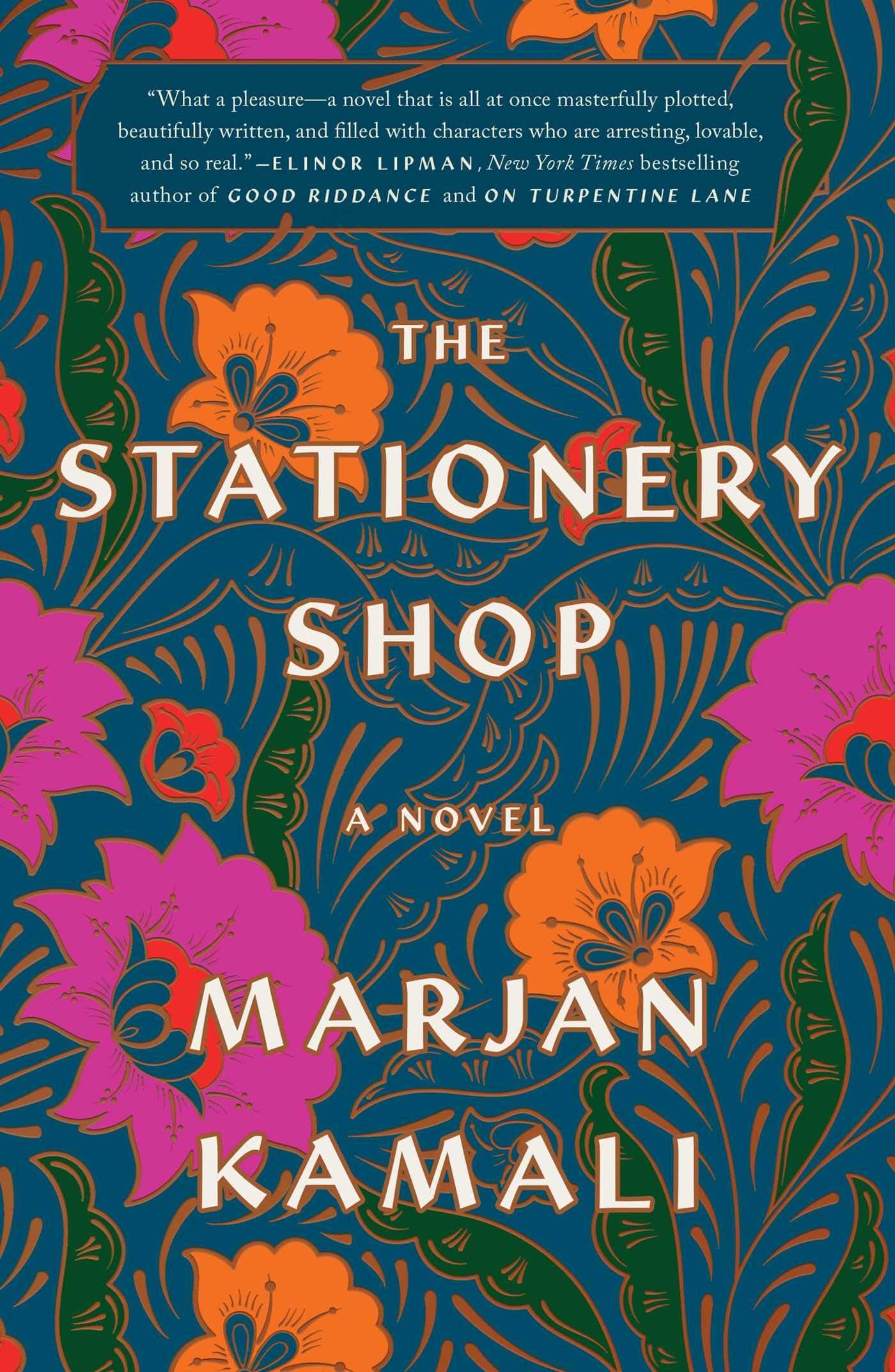

The Stationery Shop of Tehran by Marjan Kamali
Roya and Bahman meet and fall in love in a neighborhood book and stationery shop in 1953 Tehran. The night before their wedding, they agree to meet at the town square, but violence breaks out related to the Iranian Revolution, and Bahman disappears. Decades later a twist of fate reunites them and Roya questions Bahman about his whereabouts over the years and his seemingly easy ability to disregard their relationship. The Stationery Shop of Tehran is a beautiful tale of sacrifice and the length people will go to for love.
*Disclosure: The links above are affiliate links. These picks are editorially selected, but if you purchase, She Reads may get something in return. We are a participant in the Amazon Services LLC Associates Program, an affiliate advertising program designed to provide a means for us to earn fees by linking to Amazon.com and affiliated sites.
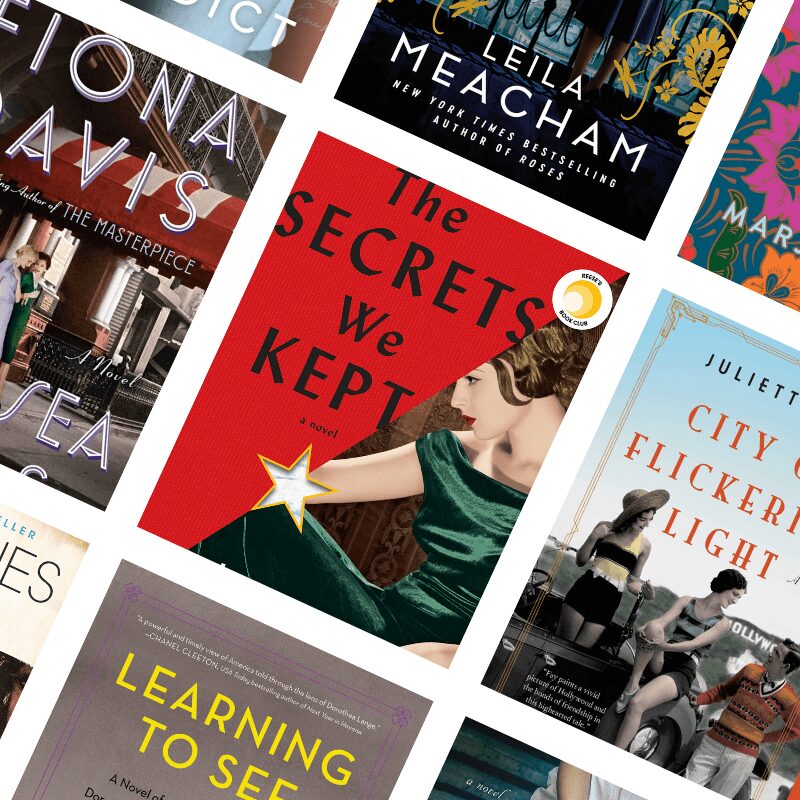
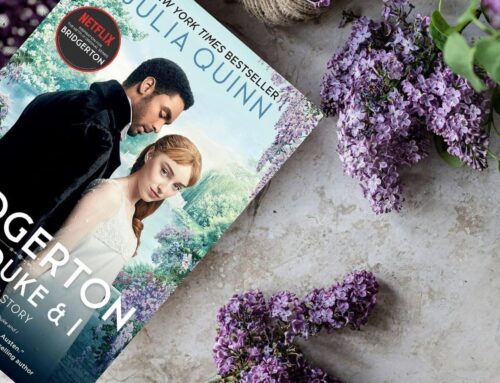
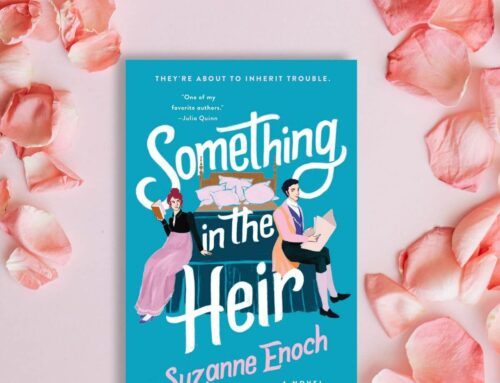

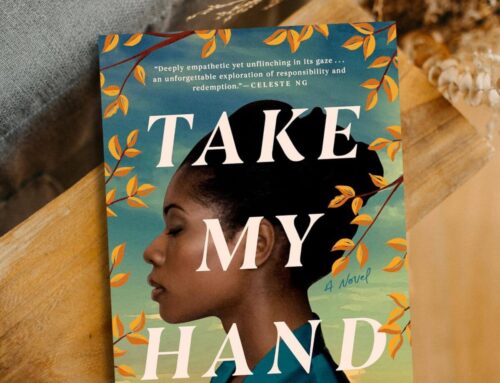
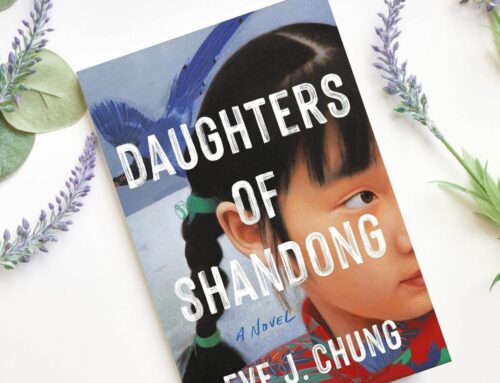
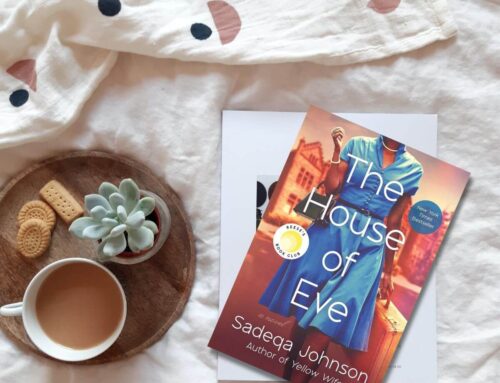
Good choices. Historical fiction are my favorites!
Recently read Lady Clementine. Thought it got repetitive. She really was the woman behind the man! Usually like Marie Benedict’s books!
We agree on books. I have read all but 3 that you recommended, I loved them all .
Thanks to both of you! Glad you liked the list.